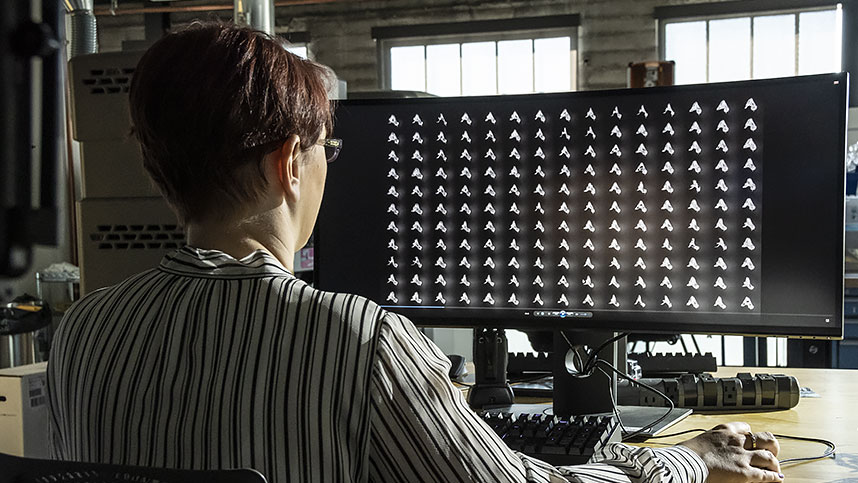Introduction to Generative Design for Manufacturing
Generative design is a new workflow that generates high-performing design alternatives with optimized geometry that is often far removed from a traditional design. Learn how to set up, generate, and explore design outcomes and post-process generative designs. Explore the basics of Fusion assemblies and geometry creation, with a focus on obstacle geometry. Set up a generative design study and learn advanced T-spline tools to post-process a generative output. With the rapid expansion of various types of manufacturing—from additive, subtractive, and even hybrid approaches—the generative design workflow gives you the power to explore every avenue of a design.
After completing this course, you'll be able to:
- Explain generative design technology.
- Create basic assemblies.
- Use generative design.
- Explore generative design outcomes.
- Finalize advanced designs.
- Edit sculpted bodies using T-splines.
This course includes exercises and videos that advise use of Autodesk Cloud Credits. Cloud credits should be used at your own discretion. See course resources for more details.
Course modules
Discover what you'll learn in this course and download the software and resources you need.
Identify the difference between generative design and topology optimization and understand the generative design mindset and workflow.
In this module you will learn to identify, create and/or select obstacle and preserve geometry while setting up the generative design space.
In this module you will learn to define loads, constraints, load cases, manufacturing methods, materials and design objectives for a generative design study.
In this module you will explore a 3D model created from a generative outcome, modify a form body, perform a static stress simulation and review simulation results.
In this module you will explore additional forms tools that will aid in the modification of generative design outcomes.
Course challenge exercise
Final test

